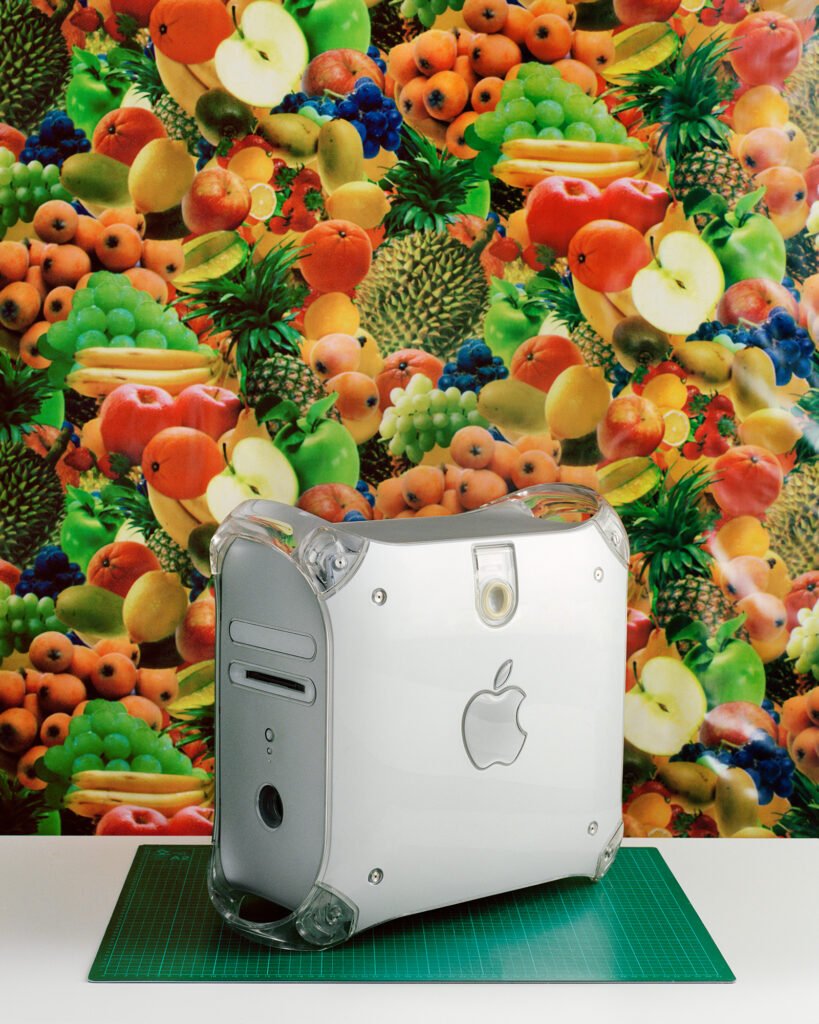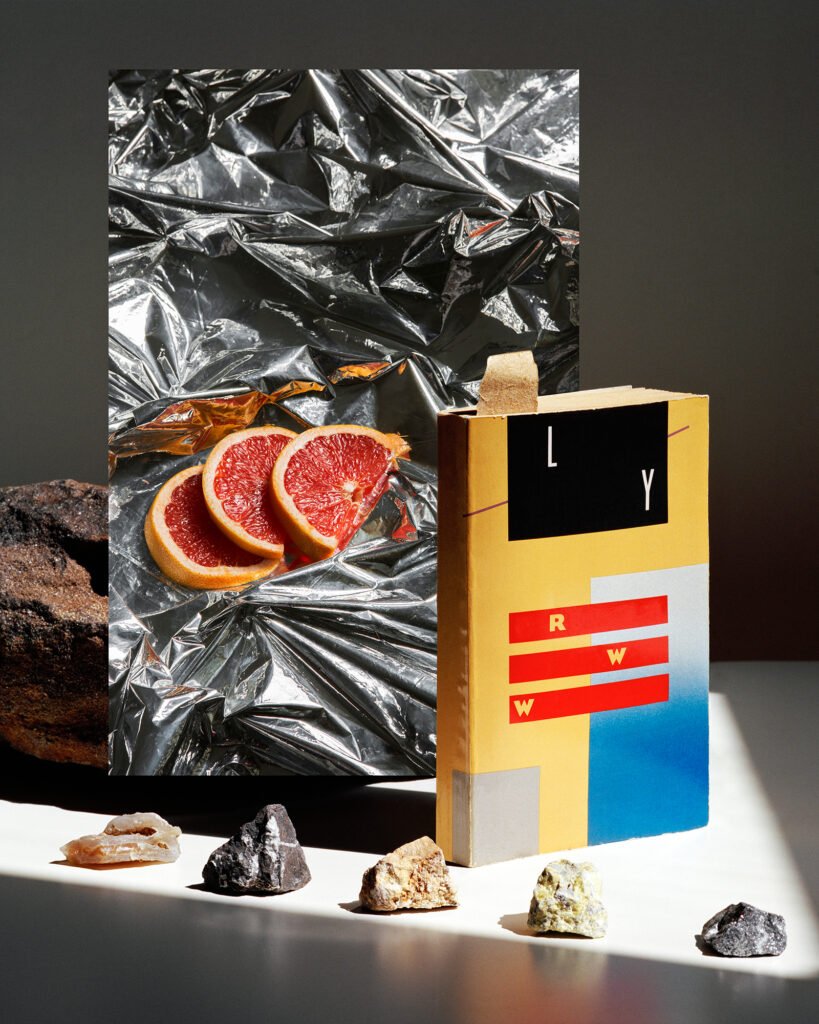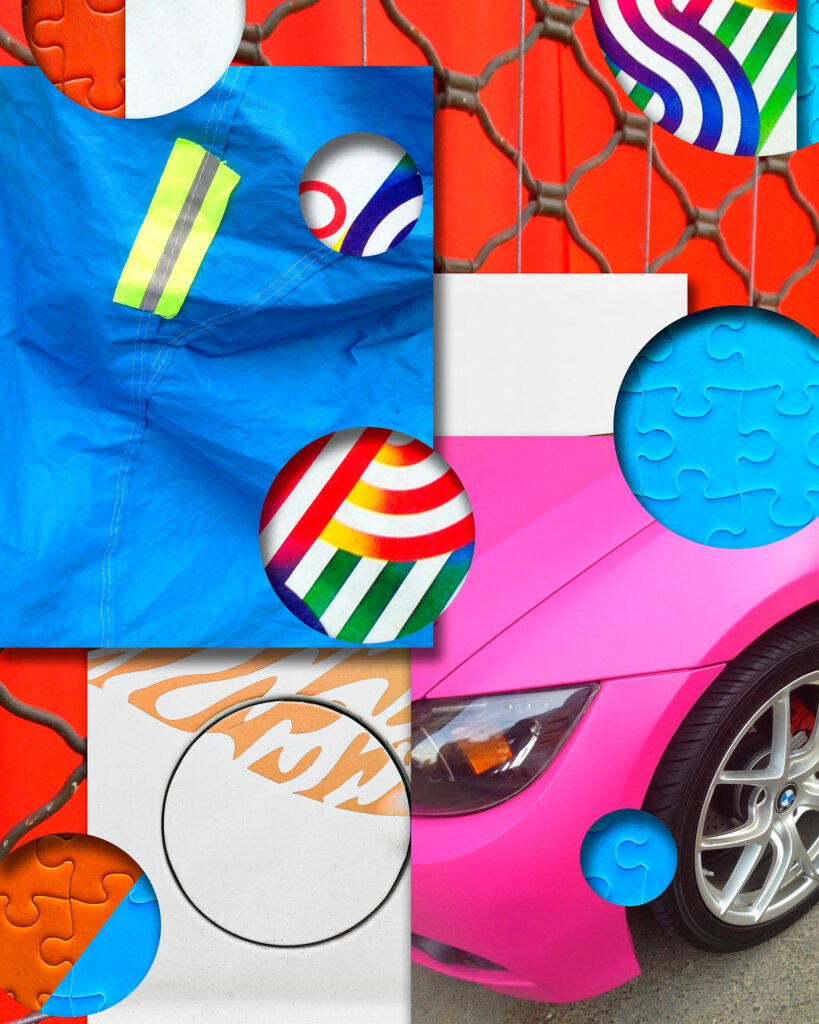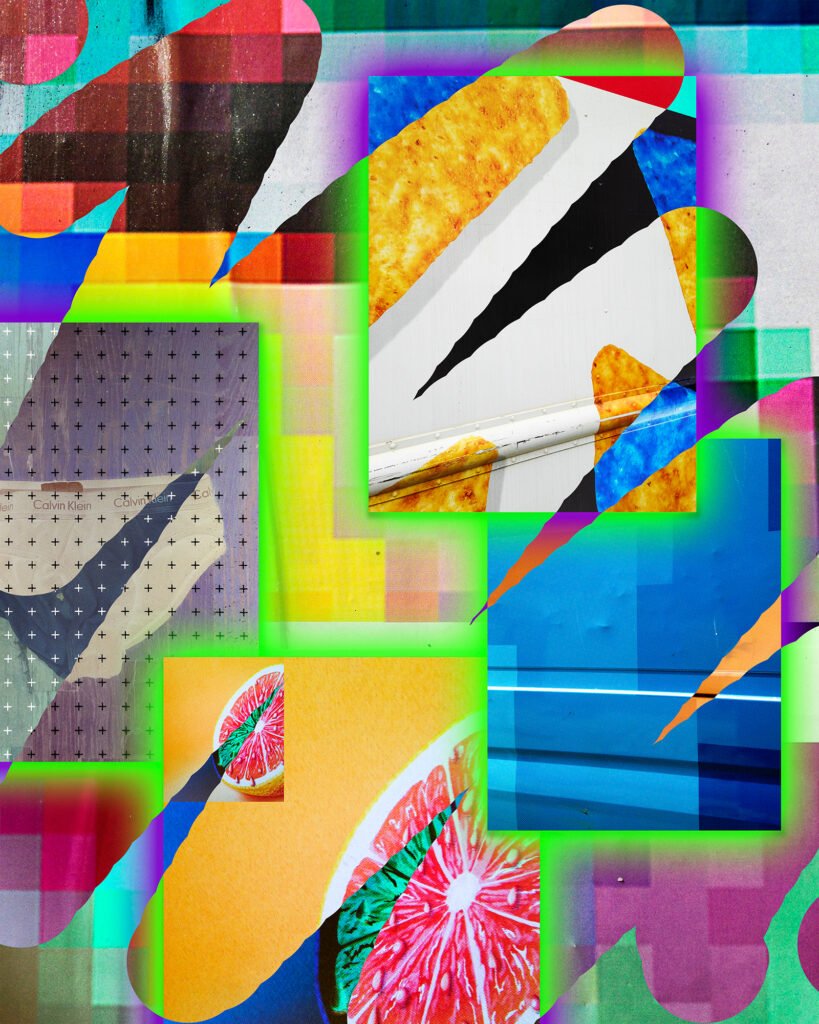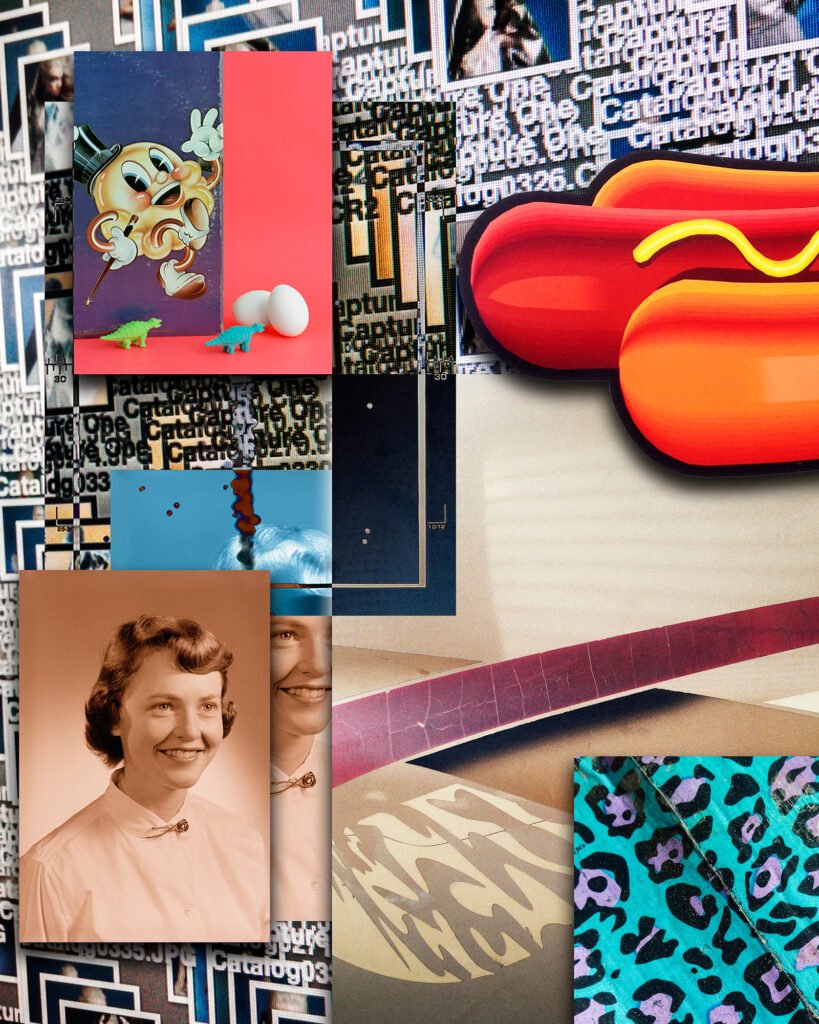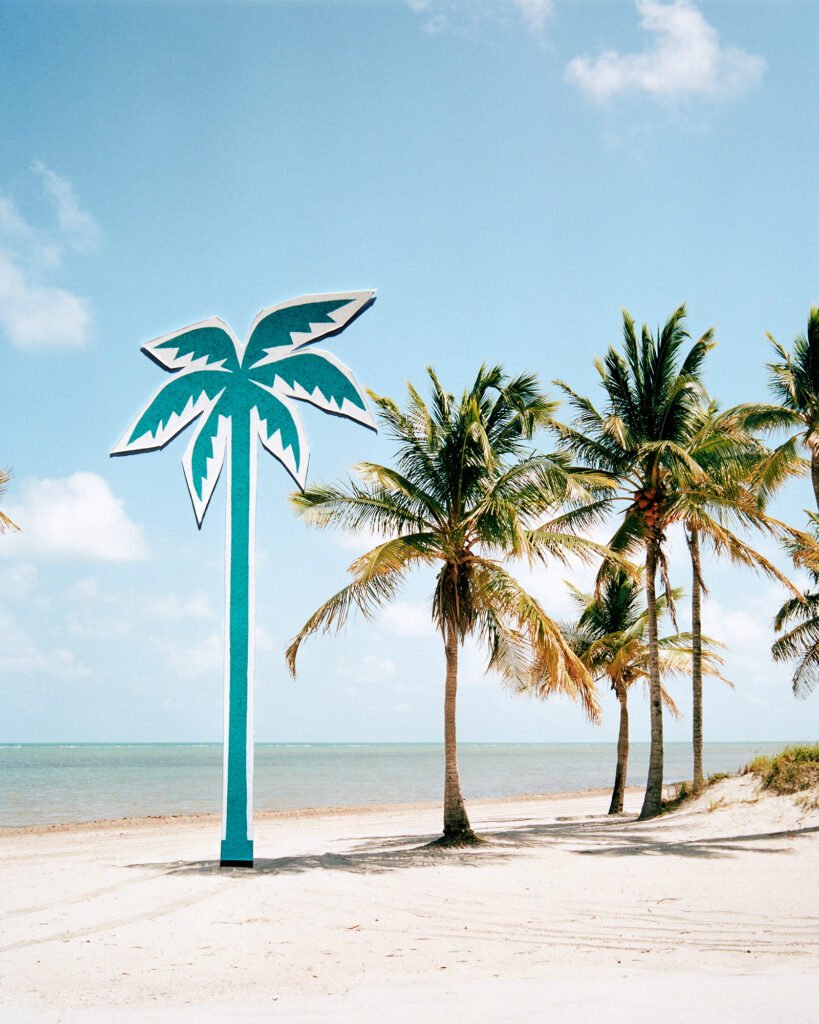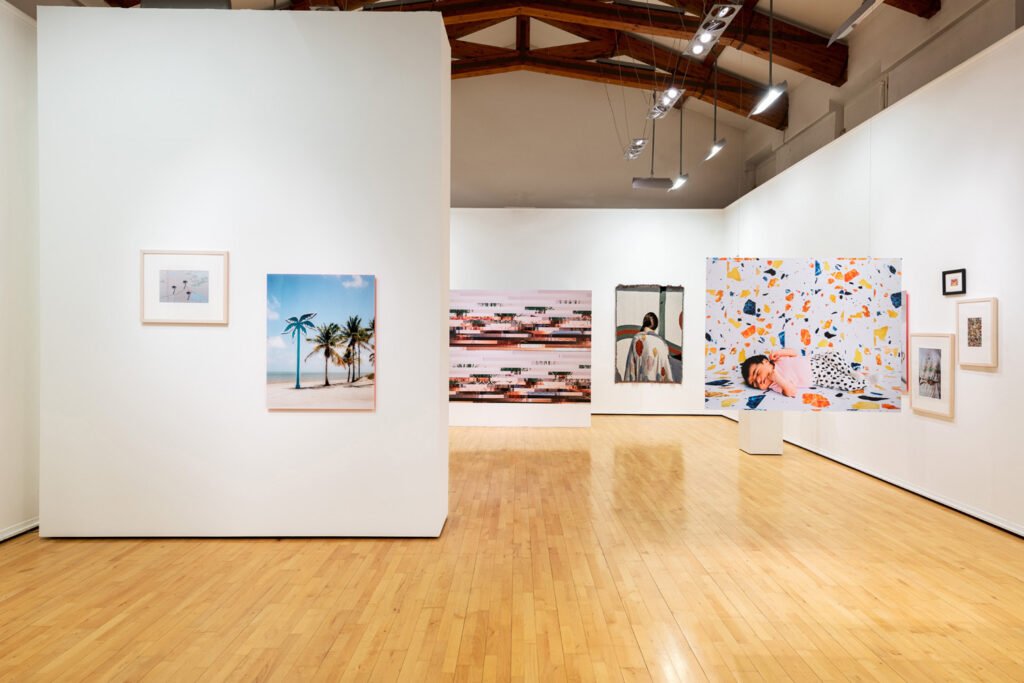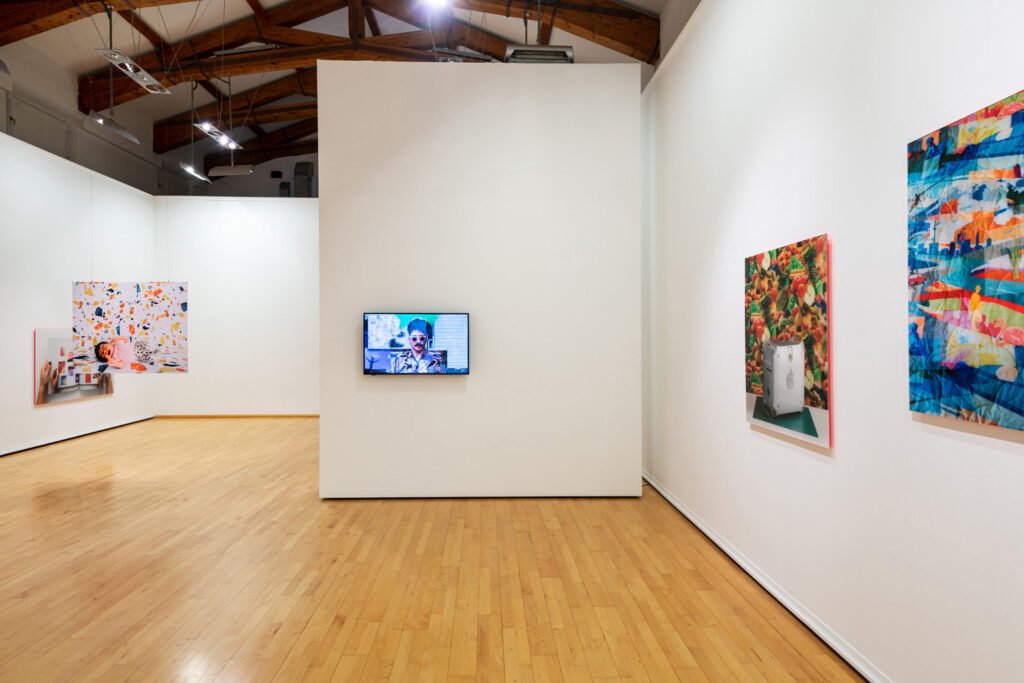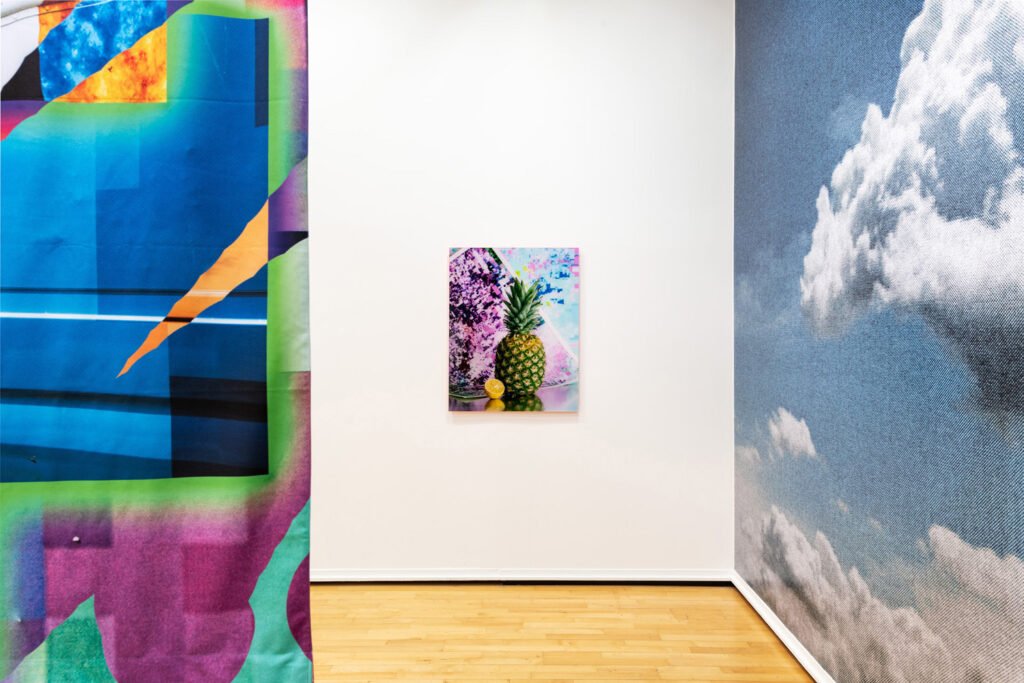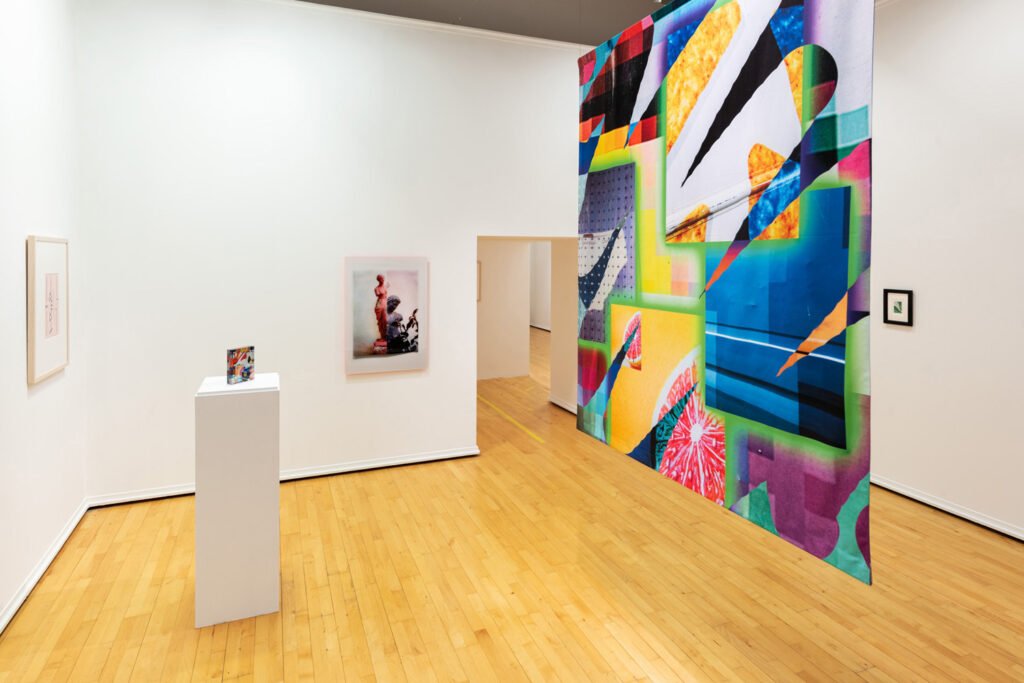MARCO SCOZZARO
Did you have a nice day?
In recent years, on social media we have observed previously explored iconic models, such as the narcissism of certain art house photography, or the appropriation of archive images. So what formal changes can be seen in photography today? Marco Scozzaro, one of the Italian authors who have shown interest in the new frontiers opened by the digital image, has often asked himself this question. As an artist, he does not snub the visual baggage inherited from previous generations and skilfully combines it with a firm focus on technological aesthetics.
In some of his works, Scozzaro seems to highlight social media and the creative ease with which these virtual containers can hold series of democratically layered images from a whole host of sources, joined together as if they were a collage. The artist underlines how today, “We can put a snapshot, a selfie, a pornographic image, a photo by Avedon, a photo of architecture, a still life, the photo of a Greek sculpture, a Baroque interior, the cover of a book on Japanese design or of a 1980s dance record on the same level, all mixed up together”. Looking at the artist’s photographs, the visual echo of his words is evident in the works that he produces. Could it be the ability to use the same (computer) code that enables the forever new combinations of different media – photography, video, music and graphics – and the consequent new possibilities of expression?
Another interesting aspect that concerns photography and contemporary authors is contact with the more traditional arts, for example sculpture, as well as elements belonging to the language of painting, not to speak of advertising communication whose echo has long since been heard – all reserve has now fallen – in all cultural and visual fields. Scozzaro’s works alternate between more thoughtful images and others which seem to pursue the immediacy of the digital means, the “see it and snap it” mentality, restoring the captivating visual approach of instant photography. However, in apparent contradiction, his work also features a lot of still-life photography, private images, books and objects, which live side by side with coloured fruit, plants, stones and musical instruments. Then we encounter what in one of my books I defined Un’apparizione di superfici (An Apparition of Surfaces, 2017), often geometrical images, sober in form but visually dense, anti-narrative, with full, saturated colours. Never abstract, captured in a strict, clean composition, they always refer to reality. Among Scozzaro’s images, this type of iconography tends to stand out because the author shows all the characteristics of a good visual researcher: he makes continual experiments, going through the range of genres and technologies, from the most traditional to the opportunities offered in the present day, making the most of the freedom of expression that photography has conquered in over 180 years of history.
One aspect of Scozzaro’s research not to gloss over is his creation of works in book form, such as Sviaggioni (2015), where the artist proposes photographs taken with an iPhone, shared on Instagram and automatically re-posted on Tumblr. When he fitted the depicted textures and patterns, initially considered simply visual notes, into the graphical layout suggested by the social media, they became a possible syntax of everyday life. By reconceiving the Tumblr image layout in a book design, the artist organizes the single shots in a series of mood boards which, despite bringing together elements taken from different situations, maintain a correspondence in colours and forms. The more recent book Digital Deli (2021), comprising photographs taken from 2014 to 2017, starts from this initial idea, which he develops and combines with a rich collection of multi-layer, multi-level images. And so the user can leaf through the book, becoming an active part of this game of discovery and visual relations.
Scozzaro’s love for contamination between languages immediately led him to produce electronic music, capturing and developing its performative aspect and inserting it in his art. His video works are an ironic exploration of media culture, focusing on dynamics linked to the world of entertainment and technology, which he sees as a tool of appropriation that can bring the media together. In addition to this, the technique of digitally sampling and slotting together a variety of sound sources has influenced the author’s vision of the exhibition, which offers layers of signs that allowed him to play with the observer’s expectations.
The exhibition is a journey across the board and a dialogue between Scozzaro’s images and the works of other Italian authors. The situations that he creates mainly look back at the 1970s and 80s culture (at times he actually does take a step back in time) housed in archives and public and private collections in the city of Modena and surrounding area. The Fiorucci Stickers (Panini, 1984) were a great inspiration for the artist; on the walls of the gallery they interact with some photographs by Luigi Ghirri (Atlante, 1973 – Arles, 1978 – Modena, 1979) and Olivo Barbieri (Flippers, 1978), focused on details, patterns and surfaces rather than the landscape. The exhibition is built following a multidisciplinary and above all mimetic approach, with some of Scozzaro’s works hiding among the historical images, in a deliberately non-linear manner.
The colours of a porcelain vase designed by Ettore Sottsass in 1957 provide the prelude to the colours of Scozzaro’s photographic works. At the same time, they blend with the colours of the original drawing by Aldo Rossi (Varianti per Modena, 1975) belonging to the series of studies for the working plan of the Modena cemetery. In the following room, the basic forms of a sketch by Alessandro Mendini (1986) made in Indian ink, paint and tempera on pink paper which interacts with a Plexiglass photographic sculpture by Scozzaro. Afterwards, visitors are met by the poster for the Superarchitettura (1967) exhibition held at the Galleria della Sala di Cultura, which would later become the Galleria Civica di Modena. A homage to the history of the place housing the solo exhibition, it is also the point of departure for the whole exhibition; it was this same poster that gave the artist the idea to deal with a certain type of visual document.
In this colourful game of time lapses, the exhibition is graced by a work by Cesare Leonardi (SRA, 2018), in a mark of deep respect for the architect from Modena who died in February 2021. It is a rug that reproduces the graphics of “Sistemi Reticolari A-centrati” (A-centred Reticular Systems), a geography of signs applied to the organization of the landscape, which we find in Leonardi’s project for Bosco Albergati in Castelfranco Emilia. This hand-knotted woollen rug hanging on the wall comes just before the model that Mimmo Paladino made in 2007 for his temporary encasement of the Ghirlandina, Modena’s symbolic tower, In coloured shapes and details of sculptures evoking archaic and Christian images.
This solo exhibition by Marco Scozzaro is therefore a bridge, dialoguing between local visual culture and the artistic expressions of several generations. As can be seen from certain pairings, the result is on-site iconographic research, in which the artist’s formative years play an important role in the bond uniting the shapes and colours of certain historical works to his most recent products. What we see in Scozzaro’s work, and in this exhibition in particular, can be defined as displacement. In other words, the artist represses his physical and mental space, which is understandable if we think of his training in Modena in the 1990s and the distance which today separates him from his roots after his move to New York. Now, the geographical and cultural distance from the period of his adolescence makes Scozzaro feel the need to rediscover those feelings and remould them in light of his current experience as a mature artist. This all becomes clear in the video installation Italian Tendenza (2020) which rounds off the exhibition.
Marco Scozzaro is a multidisciplinary artist. With Sicilian heritage, he was born in Turin in 1979, grew up in Modena and now lives and works in New York. He graduated in Psychology from the University of Parma, with a thesis on visual perception, to then go on to study photography at the School of Visual Arts in New York.
His work has been displayed in solo exhibitions at Ed Varie and Baxter St at The Camera Club of New York, at the Galleria Civica in Modena and at the Galerie Villa des Tourelles in Paris. He has taken part in numerous group exhibitions in galleries and institutions, amongst which: the Aperture Foundation in New York, Lishui Photography Festival in China, and soon the Bronx Museum of the Arts in New York. His videos and performances have been presented at the Microscope Gallery and BRIC in Brooklyn as well as at Link in Bologna. Scozzaro received an Experimental Media and Film Grant from the New York State Council of the Arts for an artist residency at the Alfred University Institute of Electronic Arts in New York, a research grant for an artist residency at Baxter St in New York, a Media Art Fellowship from BRIC in Brooklyn and an AIM fellowship from the Bronx Museum of the Arts.
He teaches photography at the School of Visual Arts, has held conferences at the Parsons New School of Design and the Cooper Union in New York and was one of the mentors for the Immigrant Artist Program at the New York Foundation for the Arts in Brooklyn.
His work has appeared on Artnet, Der Greif, GUP and Osmos and his photographs have been commissioned by The New York Times, Vogue and Wallpaper.
Scozzaro has just published his book Digital Deli and his album Musica da Discoteca on the label that he co-founded, MKDF Records.


